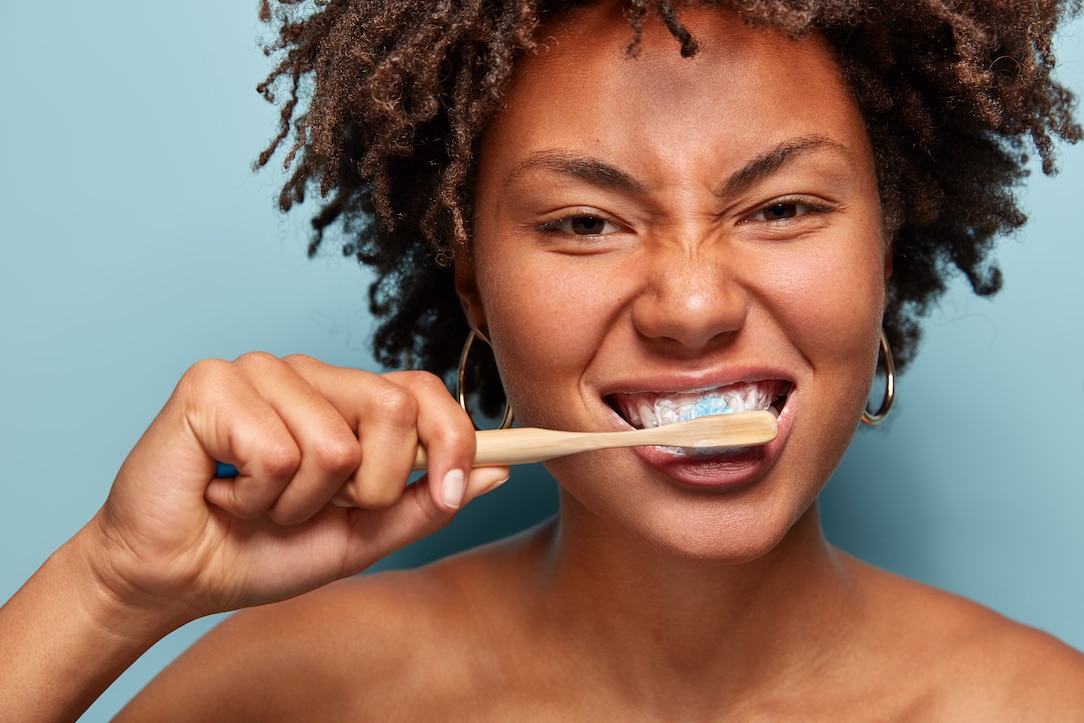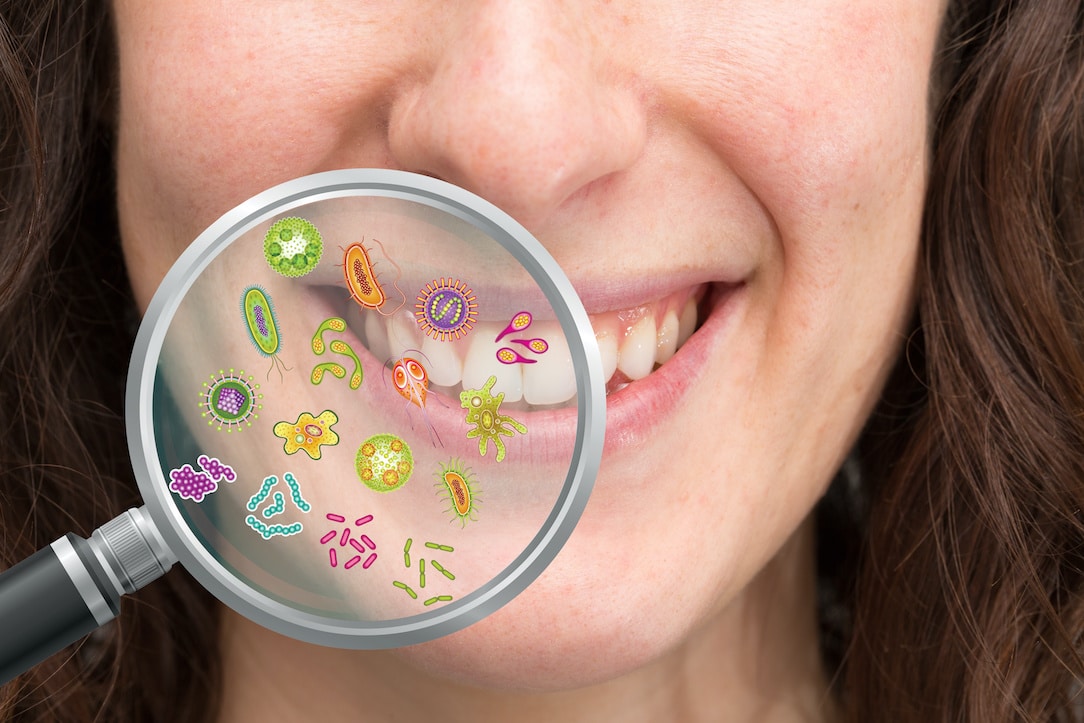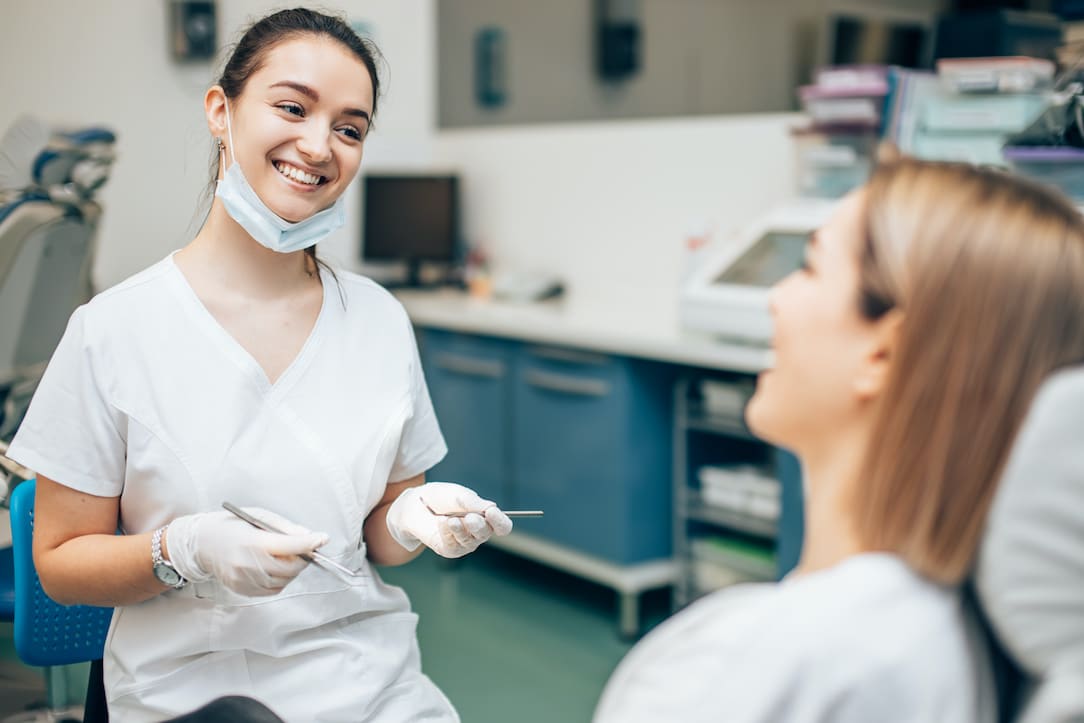
Healthy At-Home Changes to Make for a Healthy Smile
It’s easy for us to get in the same routine with busy schedules. We often make the same meals, buy the same shampoo and conditioner, and go through the motions. However, going through the motions could mean risking your dental health. Here are a few healthy at-home changes to make to help keep good oral health.
At-Home Changes to Make for Your Oral Health
Brush Better
First and foremost, look at your current brushing routine. When you brush your teeth, you should be brushing in small, circular motions focusing on the upper and lower teeth and gum lines for two minutes. You should brush your teeth in the morning, and again right before bed. If you have the time, there is also no harm in brushing your teeth right after your lunchtime meal either. When we get stuck in the same routine, it’s easy to forget that you’re supposed to focus on how you’re brushing your teeth. With hectic schedules, many people just quickly swipe the brush over their teeth back and forth once and call it good. However, if you want to keep up with your oral health, be sure you take the time to thoroughly brush. In the end, it’s only four minutes out of your 24-hour day.
It’s also important that you change your toothbrush out fairly often. According to the American Dental Association, you should replace your toothbrush every three to four months, or more often if you can see signs of wear earlier than that. Moreover, you should change your toothbrush if you have been ill. If you have an electric toothbrush, make sure you are replacing the toothbrush head every three to four months too.
Floss Each Day
Another step in our dental routines that is easy to forget about when we get busy is flossing, however, flossing is one of the most important things you can do for your dental hygiene. To floss correctly, follow these steps:
- Break off about 10 inches of dental floss. To hold the floss correctly, wind most of the floss around both of your middle fingers, leaving only 2 inches of floss left for your teeth.
- From there, hold the 2 inches offload with your thumbs and index fingers.
- Next, place the dental floss between two teeth, gently sliding the floss up and down, rubbing it against both sides of each tooth. However, be sure you’re being careful not to hit your gums too harshly.
- As the floss reaches your gums, curve the floss at the base of the tooth, forming a slight ‘c’ shape. This will make sure the floss can easily enter the space between your gums and tooth.
- Repeat these steps between each tooth in your mouth, winding the floss to use a clean 2 inch section each time.
Watch What You Eat
For better oral health, limit your intake of acidic and sweet foods and drinks. If you consume coffee each day, try to remember to quickly swish water around your mouth when you’re done with your beverage. Do NOT brush your teeth right after drinking a coffee or soda, though. Since the acidity leaves your teeth in a vulnerable state, it can be more harmful to brush directly after consuming these beverages. Swish with water only directly to help cleanse any leftover residue from your teeth, and wait about 30 minutes to brush your teeth after that.
If you have a sweet tooth, try to cut back how often you indulge, especially if your go-to is something sticky and crunchy, too. The bacteria in your mouth thrive on sugar, so consuming high amounts of sugar can leave you more susceptible to cavities and decay.
See Dr. Ania
Here at Dr. Ania’s, we pride ourselves in costuming every aspect of your dental care, including your cleanings. Having a dental cleaning done twice a year is an essential part of your oral health. Our hygienists will not only make your teeth sparkling clean, but will also educate you on your gum health and how you can best maintain a healthy mouth year round. Further, we’ll be able to help educate you on how your dental health plays a role in other conditions you might have, like high cholesterol and diabetes, both of which can affect the health of your gums.
Make an Appointment with Dr. Ania Now
If you are ready to get on your way to better oral health, schedule an appointment with Dr. Ania now. Dr. Ania and her team are more than excited to meet you and help you get a healthy mouth. Call us now at (303)-872-9940.











